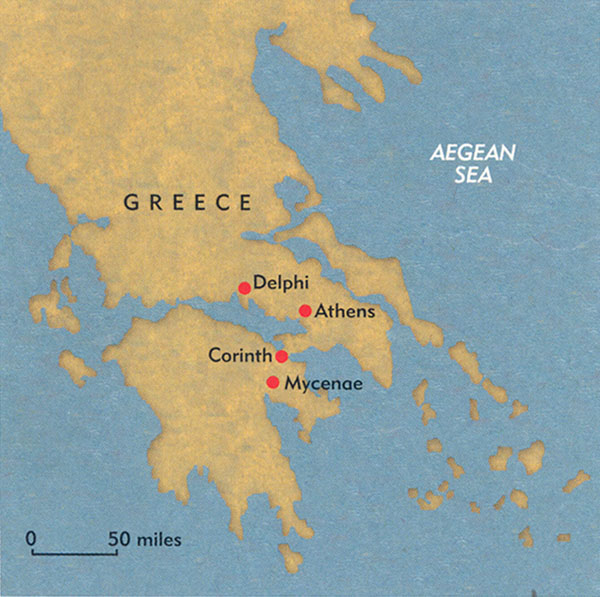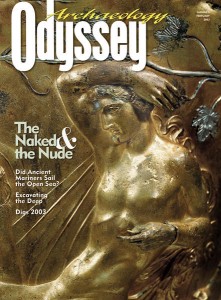Past Perfect: In the Footsteps of Pausanias
A second-century baedecker takes us on a tour of ancient Greece

During the second-century A.D. reigns of the Roman emperors Hadrian, Antoninus Pius and Marcus Aurelius, Pausanias, a well-to-do Greek born in Asia Minor, wandered through Greece, the Aegean islands, Macedonia, Syria, Palestine and Egypt. He wrote down his impressions of cities and sites, producing the Guide to Greece—the sole surviving guidebook to come down to us from ancient times. Although few biographical details are known about his life, Pausanias’s writings indicate that he had a strong interest in the natural sciences (he was an avid bird-watcher), anatomy (his devotion to the healing god Asclepius suggests that he may have been a doctor) and religion (he believed in oracles, yet took some Greek myths with a grain of salt). For Pausanias, ruined sanctuaries, temples and tombs and their associated legends and myths were far more noteworthy than spectacular vistas. He was primarily interested in the monuments of classical Greece—most of which were still standing during his lifetime—and gave only scant attention to Roman achievements, although he was impressed by the emperor Trajan’s Forum and the rebuilt Circus Maximus in Rome. The accuracy of Pausanias’s descriptions of ancient Greek sites has been substantiated by modern excavations. As Sir James Frazer, British anthropologist, classical scholar and author of The Golden Bough, wrote of Pausanias over a century ago, “Without him the ruins of Greece would for the most part be a labyrinth without a clue, a riddle without an answer.”
Already a library member? Log in here.
Institution user? Log in with your IP address.

